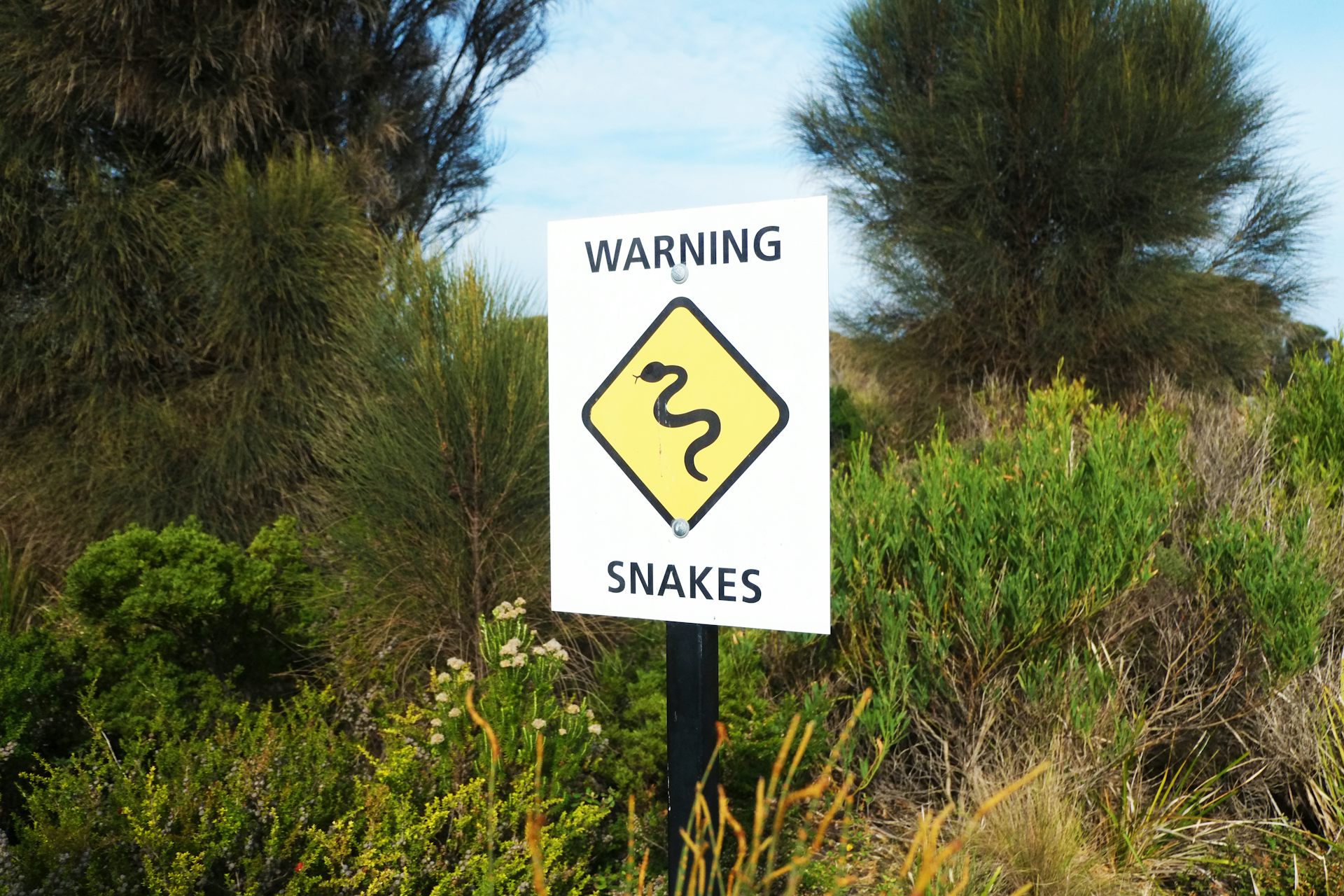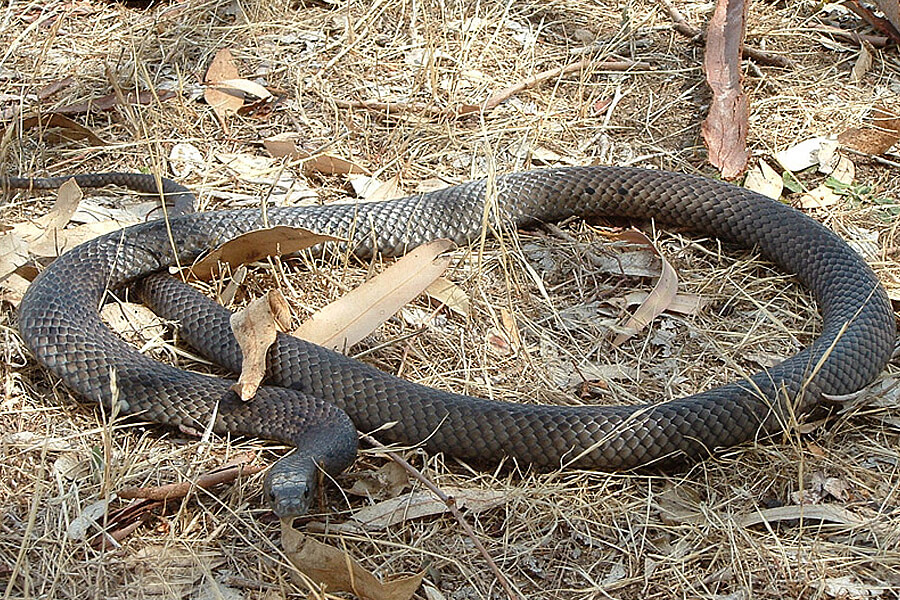Introduction
Australia is famous for its distinct wild animals, including a diverse selection of venomous serpents. These creatures, while often been afraid, play important roles in keeping eco-friendly balance. Recognizing the conservation of Australia's poisonous snakes and the function that education and awareness play can substantially boost our conjunction with these fascinating reptiles. This write-up explores various facets of serpent preservation, the significance of public education and learning, and practical emergency treatment procedures for serpent bites.
Conservation of Australia's Venomous Snakes: The Function of Education And Learning and Awareness
In Australia, snakes are an essential part of the community, regulating pest populaces and adding to biodiversity. However, several varieties encounter hazards as a result of environment loss, environment change, and human activity. The conservation efforts targeted at shielding these reptiles hinge substantially on education and learning and increasing understanding among the public.
By notifying people concerning snake behavior, their Keelback snake venomous ecological importance, and risk-free techniques for cohabiting with them, we can lower fear-driven actions that https://rentry.co/s5293pat bring about unnecessary killings or injuries. Educational initiatives help dispel myths bordering snakes-- such as the usual question: are tiger snakes venomous?-- and motivate respect for their role in nature.
The Value of Recognition Programs
Awareness programs are necessary in changing public perceptions about serpents. Lots of individuals view these reptiles as inherently hazardous without recognizing their ecological duties. Public outreach initiatives can consist of workshops, community events, institution programs, and info campaigns designed to inform people regarding:

- Identification of venomous species: Recognizing which serpents are dangerous assists people stay clear of encounters. Safe behaviors: Teaching individuals how to act around snakes can avoid bites. First help knowledge: In situations where attacks do take place, being educated concerning first aid for serpent attacks can save lives.
By boosting recognition via structured education efforts, we can cultivate a society that respects wildlife and focuses on coexistence rather than fear.
Types of Venomous Snakes Established In Australia
Australia is home to some of the globe's most venomous snakes. Below's a quick summary:
Tiger Serpent (Notechis scutatus)- Commonly discovered in coastal regions. Known for its potent neurotoxic venom. Frequently seen near water bodies.
- Highly hostile with powerful venom. Responsible for more snakebite deaths than any various other types in Australia.
- Known for its ambush searching style. Has swift striking rate with very neurotoxic venom.
- One of Australia's biggest poisonous snakes. Its bite can supply large amounts of neurotoxin.
- Generally non-aggressive yet still possesses dangerous venom. Found mainly along the southwestern coast.
Understanding Their Habitats
Understanding tiger serpent habitat is crucial for both conservation initiatives and public security. Tiger snakes thrive in areas close to water sources such as swamps, lakes, and marshes yet they also populate seaside areas. Securing these environments is essential for ensuring the survival of not only tiger snakes yet also other wildlife within these ecosystems.
Habitat Defense Initiatives
Various companies work in the direction of environment defense via initiatives such as:
- Establishing shielded areas Restoring degraded habitats Promoting sustainable land use practices
These determines not just benefit tiger serpents but contribute to total biodiversity conservation.

The Function of Research in Preservation Efforts
Research plays a critical role in comprehending snake populations and their health and wellness standing. Ongoing research studies into the ecology and behavior of Australian snakes inform preservation techniques by offering data on populace numbers, reproducing patterns, and dangers dealt with by various species.
Key Study Areas Include:
- Venom analysis Population dynamics Habitat preferences
This research can guide effective monitoring strategies to secure at risk species while assisting in conjunction with humans.

First Aid for Snake Bites: Crucial Knowledge
One critical aspect that intertwines with education is recognizing what to do in instance one suffers from a snake attack-- a situation that demands immediate action skills.
What Every First Aid Kit Should Contain
An appropriate serpent bite first aid kit green tree snake should consist of:
- Compression bandages Sterile gauze pads Antiseptic wipes A splint or immobilization device Emergency call numbers
Step-by-Step First Aid Therapy for Serpent Bite
Remain calmness; attempt to restrict motion as it might spread venom quickly. Apply a compression bandage over the bite site without removing circulation. Keep the bitten arm or leg debilitated at or below heart level. Seek emergency medical aid immediately.Why Education and learning on First Aid Is Crucial
Educating neighborhoods regarding first aid procedures makes certain prompt responses throughout emergencies which can dramatically minimize morbidity connected with snake attacks across Australia.
Frequently Asked Concerns (FAQs)
1. Are tiger snakes venomous?
Yes! Tiger serpents are highly venomous with neurotoxic effects which make punctual clinical treatment crucial after a bite.
2. What must I do if bitten by an infant tiger snake?
Follow requirement first aid procedures promptly-- keep calm, immobilize the arm or leg, use pressure over the bite website making use of a bandage or fabric without restricting blood flow-- and look for clinical assistance without delay.
3. Just how usual are serpent attacks in Australia?
While stats vary year-to-year because of variables like weather influencing serpent activities; ordinary records recommend around 300 cases annually with casualties being reasonably rare as a result of better clinical responses.
4. Can I deal with a snake bite at home?
No! Home therapies such as applying ice or drawing out poison are inefficient; expert clinical interest is necessary after any type of believed bite incident.
5. What's special about eastern brownish snakes?
They're known for their aggressive nature incorporated with potent poison; they make up the majority of deadly attacks in Australia due largely to their distance to inhabited areas!
6. What are some usual indicators following a serpent bite?
Symptoms might include swelling around the bite location, discomfort at or near the website; systemic signs and symptoms might involve queasiness or problem breathing relying on contaminant type soaked up right into bloodstream!
Conclusion
Conservation efforts bordering Australian venemous snakes hinge on efficient academic methods that empower communities while cultivating regard towards these often-misunderstood animals! By improving awareness regarding their eco-friendly value along with correct safety protocols-- including first aid knowledge-- we lead roadways toward sustainable coexistence benefiting both humans & & wildlife alike!
In significance-- the conversation bordering preservation must proceed thriving with aggressive involvement marrying scientific research study alongside area participation making sure purposeful effect today & & tomorrow!